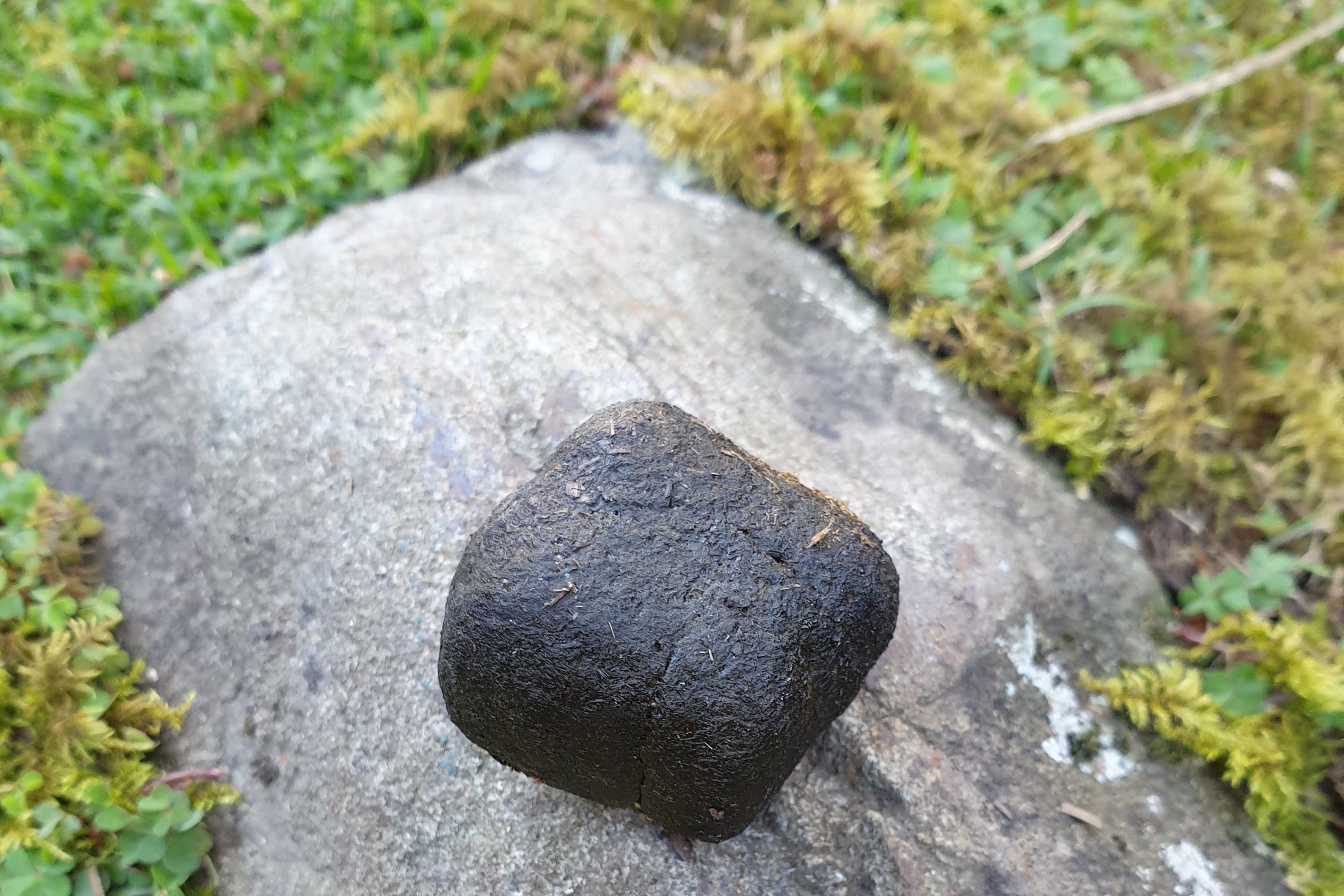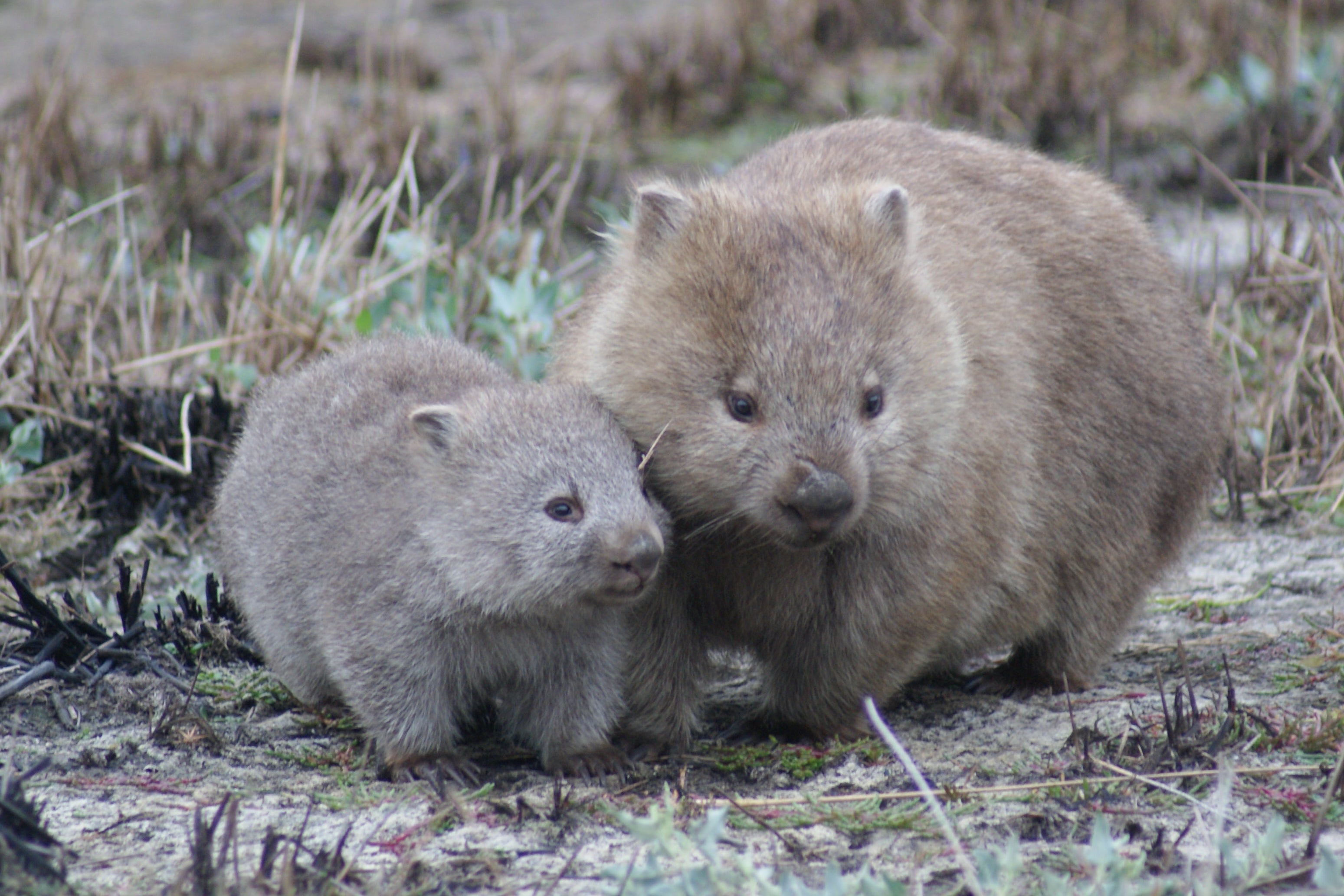The wombat lives in lush Australian forests, grazes on grass, and poops cubes. A study published Thursday in the journal Soft Matter explores the intimate mechanics behind those feces.
This makes two entries into the poop-cube canon by a team of researchers at Georgia Tech and the University of Tasmania. They’ve been at it since 2017, releasing their first wombat finding at a conference a couple years ago. In that paper, they inserted a balloon into an intestine to study the structure of its walls. They discovered that wombat intestines are made up of sections that vary in elasticity and thickness. For the new paper, they investigated further by dissecting three wombats and making a model of how wombat innards shape waste matter as it moves through the intestine on its way out.
We obviously had to know more. Slate spoke to Patricia Yang, who is the first author on the new study and a self-proclaimed defecation expert. This conversation has been condensed and edited for clarity.
Elena DeBré: Why did you start studying wombat poop?
Patricia Yang: I am an expert on feces. My whole doctoral thesis was on urine, defecation, and digestion in humans.
When I was really little, I did not expect to be a feces expert. But, a few years ago, I had no idea what to research for my doctoral thesis. My adviser had just started potty training his son, so we started talking and thinking about the urine system. Then the defecation system.
One day, I was talking about human cylindrical feces at a conference, and afterwards, an audience member came up to me and said, “You have to look at wombats. … They have cubed feces.” I had no idea what they were talking about, but I Googled it and it was so weird. The square geometrical shape is very rare in nature. I didn’t really believe it until I saw a sample myself.
How did you find the wombats for your study?
A wombat expert from Tasmania joined our team. Every time there was a roadkill wombat, he got a call, and he went to pick up the animal for us.
Does a wombat butt have a … rectangular exit?
The anus is circular. The cube is formed in the intestines and comes out as is.

What is it about wombat intestines that produces these poop cubes?
A cross-section of the wombat’s intestine is like a rubber band with two ends kept slightly taut and the center section drooping. The rigid and elastic parts contract at different speeds, which creates the cube shape and corners.
I heard that wombats might purposefully stack their cube droppings.
We know they leave their droppings and they use its smell to communicate with each other. Wombats produce up to 100 cubes per day, so they probably stack them up, but we’re not sure yet.
Could other animals produce cubic poop?
Let’s put it this way, not many people study the stiffness of intestines. But we compared wombat and pig intestines. Pigs have uniform intestines, the stiffness and contraction speeds are the same, so the feces come out circular. We think this is also the case in a healthy human intestine. But if part of the human intestines becomes stiff, this is a symptom of colon cancer. We think that partially stiff intestines can create feces with corners—even in humans.
So, once more research is done, we may find that corners on human feces are an early sign of colon cancer?
Yes, because that shows that the stiffness of your colon is not uniform anymore.
How else could your work investigating wombat poop be used?
For cube manufacturing. Usually to make cubes, like ice cubes, you need a hard container. But wombat poop shows, for the first time, how soft matter (the feces) could be molded using a soft container (the intestines).
How does it feel to have your study receive so much attention so quickly?
I just can’t believe that everyone is so interested in this specific animal and its poop!
